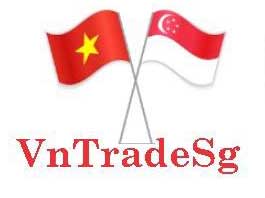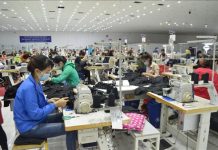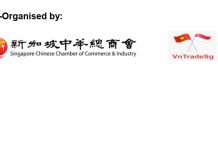Vietnamese tuna exports during the first half of the year surged by 56% to US$553 million, accounting for approximately 10% of total seafood export turnover, according to details given by the General Department of Vietnam Customs.
Most notably, major export products include loin tuna and frozen tuna cuts, earning a turnover of US$377 million, an annual rise of 122%.
The Vietnam Association of Seafood Exporters and Producers (VASEP) attributed the positive growth of tuna exports during the reviewed period to the recovery of trade activities in the global market, as well as the impact of the Russia-Ukraine conflict, which has served to push up food prices by as much as 40%.
The nation primarily exported tuna products to the United States during the reviewed period, raking in more than US$251 million, a rise of 102% against the same period last year, while tuna exports to the EU increased by only 9%, lower compared to other markets.
Another important market for Vietnamese tuna was countries which had signed up to the Comprehensive and Progressive Agreement for Trans-Pacific Partnership (CPTPP), of which Canada represented the largest consumer, accounting for approximately 5% of the total tuna export value.
Furthermore, the country is also the second biggest tuna supplier to Canada, accounting for 12% of their total tuna imports last year. Meanwhile, tuna exports to Japan, Mexico, Chile, and Germany also witnessed robust growth throughout the reviewed period.
Despite these positives, Nguyen Ha, a VASEP expert, said that tuna exports face numerous difficulties, especially when the US is considering tariff reductions on Chinese tuna moving forward.
Moreover, more than 80% of tuna raw materials are imported from countries that have not signed free trade agreements (FTAs) with the country, which means local businesses have not been taking full advantage of FTAs.
In order to utilise the various benefits brought about by FTAs, Truong Dinh Hoe, secretary general of the VASEP, emphasized the need to expand criteria on the rules of origin so that firms can import materials from outside the FTA area.















